Vidit Kothari
TPF Noob!
- Joined
- Sep 23, 2014
- Messages
- 8
- Reaction score
- 0
Am Vidit, from India. Just recently I was requested by a relative to click some jewellery for valuation and this got me interested and want to know more about it.
I'm not satisfied by my capture. I need your help improve my skills.
Camera: Nikon D5100
Lens: AF-S DX Micro-NIKKOR 40mm f/2.8G - Nikon
Lighting conditions: Rectangular SoftBox Cube with cool light from left, right and rear/behind
I need to know that is it the Lens(cheapest in Nikon Micro Lens range) the reason why the 1st image is grainy/sort of blurred and not as sharp as the 2nd image
The 1st image below was shot from Nikon D5100 and Micro Lens (as mentioned/specified earlier)
 The 2nd image below was shot from Canon EOS 6D
The 2nd image below was shot from Canon EOS 6D

To achieve the result in the 2nd image, do I need to change the camera or the lens (or both)?
and Secondly I want to learn about the techniques of capturing diamond jewellery. I had no experience in the beginning (3 months ago) when I had to click 10 or so images and each capture took me ~an hour (including little Photoshop-ing)
I'm not satisfied by my capture. I need your help improve my skills.
Camera: Nikon D5100
Lens: AF-S DX Micro-NIKKOR 40mm f/2.8G - Nikon
Lighting conditions: Rectangular SoftBox Cube with cool light from left, right and rear/behind
I need to know that is it the Lens(cheapest in Nikon Micro Lens range) the reason why the 1st image is grainy/sort of blurred and not as sharp as the 2nd image
The 1st image below was shot from Nikon D5100 and Micro Lens (as mentioned/specified earlier)
To achieve the result in the 2nd image, do I need to change the camera or the lens (or both)?
and Secondly I want to learn about the techniques of capturing diamond jewellery. I had no experience in the beginning (3 months ago) when I had to click 10 or so images and each capture took me ~an hour (including little Photoshop-ing)


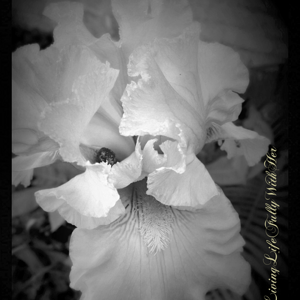
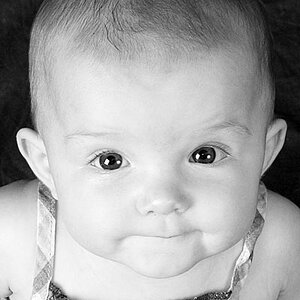
![[No title]](/data/xfmg/thumbnail/39/39438-1eb8b5f82b59d9d0c72ae9025778ed4c.jpg?1619739032)
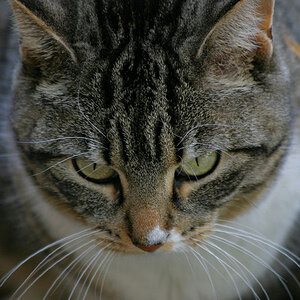
![[No title]](/data/xfmg/thumbnail/34/34146-9d096c80a1d288ea11e1f171a226bc3c.jpg?1619736319)
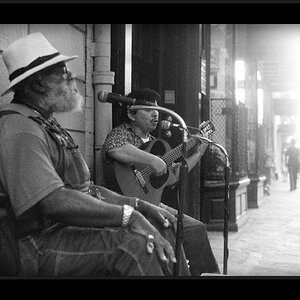

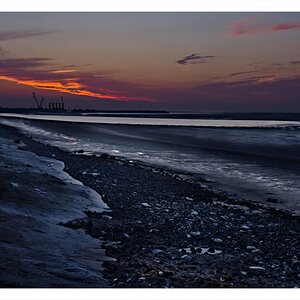
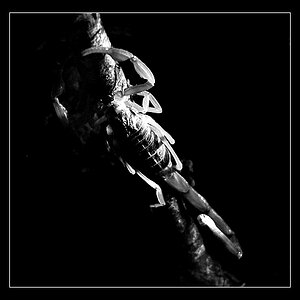
![[No title]](/data/xfmg/thumbnail/30/30886-4d4f2b370f36c175a23901cc8689aea4.jpg?1619734498)
![[No title]](/data/xfmg/thumbnail/42/42019-e6f4e7422d2f8ec66dade714c8b21766.jpg?1619739979)
![[No title]](/data/xfmg/thumbnail/30/30882-ce388519574371448d7493784524607a.jpg?1619734495)